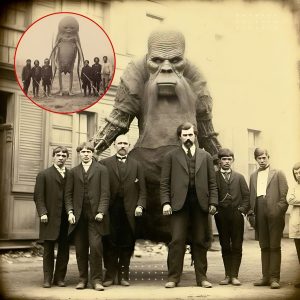In a groundbreaking archaeological discovery, researchers have unearthed a 2,500-year-old grave in Siberia containing the remains of an ancient warrior couple. This remarkable find, located in the Tuva region, sheds light on the social and cultural practices of the Scythians, a nomadic group known for their skill in horseback riding and warfare.
The Discovery
The grave, part of a larger burial complex, was discovered during an excavation project aimed at studying the early nomadic cultures of the Eurasian steppe. The researchers were astonished to find two well-preserved skeletons, one male and one female, buried together. Both individuals were adorned with intricate jewelry and surrounded by an array of weapons, indicating their high status and warrior roles within their society.
Details of the Burial

The male skeleton, believed to be in his early 30s at the time of death, was found with a collection of weapons, including a bronze axe, a quiver of arrows, and an iron sword. The female, estimated to be in her late 20s, was also buried with weapons such as a dagger and a set of arrows, suggesting that she too was a warrior. The presence of these weapons alongside the couple is a testament to their martial prowess and significance within their community.
In addition to the weapons, the grave contained elaborate jewelry made from gold and semi-precious stones. These adornments included necklaces, bracelets, and rings, all indicative of their elite status. The craftsmanship of these items highlights the advanced metallurgical skills of the Scythians and their appreciation for beauty and artistry.
Cultural Significance
This discovery provides valuable insights into the societal structure and cultural practices of the Scythians. The joint burial of the warrior couple suggests a deep bond and mutual respect between the two individuals, possibly indicating that they fought side by side in life and were honored together in death. This practice challenges modern perceptions of ancient gender roles, illustrating that women in Scythian society could hold significant martial roles and be regarded as equals to their male counterparts.
The grave also offers clues about the burial rituals and beliefs of the Scythians. The inclusion of weapons and jewelry implies a belief in an afterlife where these items would be needed, reflecting their spiritual and cultural values.
Further Research
The excavation team, led by Dr. Sergey Ivanov, plans to conduct further analyses, including DNA testing and isotopic analysis, to gain deeper insights into the couple’s lineage, health, and lifestyle. These studies will help build a more comprehensive understanding of the Scythians and their way of life.
Conclusion
The discovery of the 2,500-year-old warrior couple’s grave in Siberia is a significant contribution to our knowledge of ancient nomadic cultures. It not only highlights the Scythians’ advanced skills in metallurgy and warfare but also offers a poignant glimpse into their social dynamics and cultural values. As researchers continue to study this remarkable find, it will undoubtedly enhance our understanding of the complexities and richness of early human civilizations.





